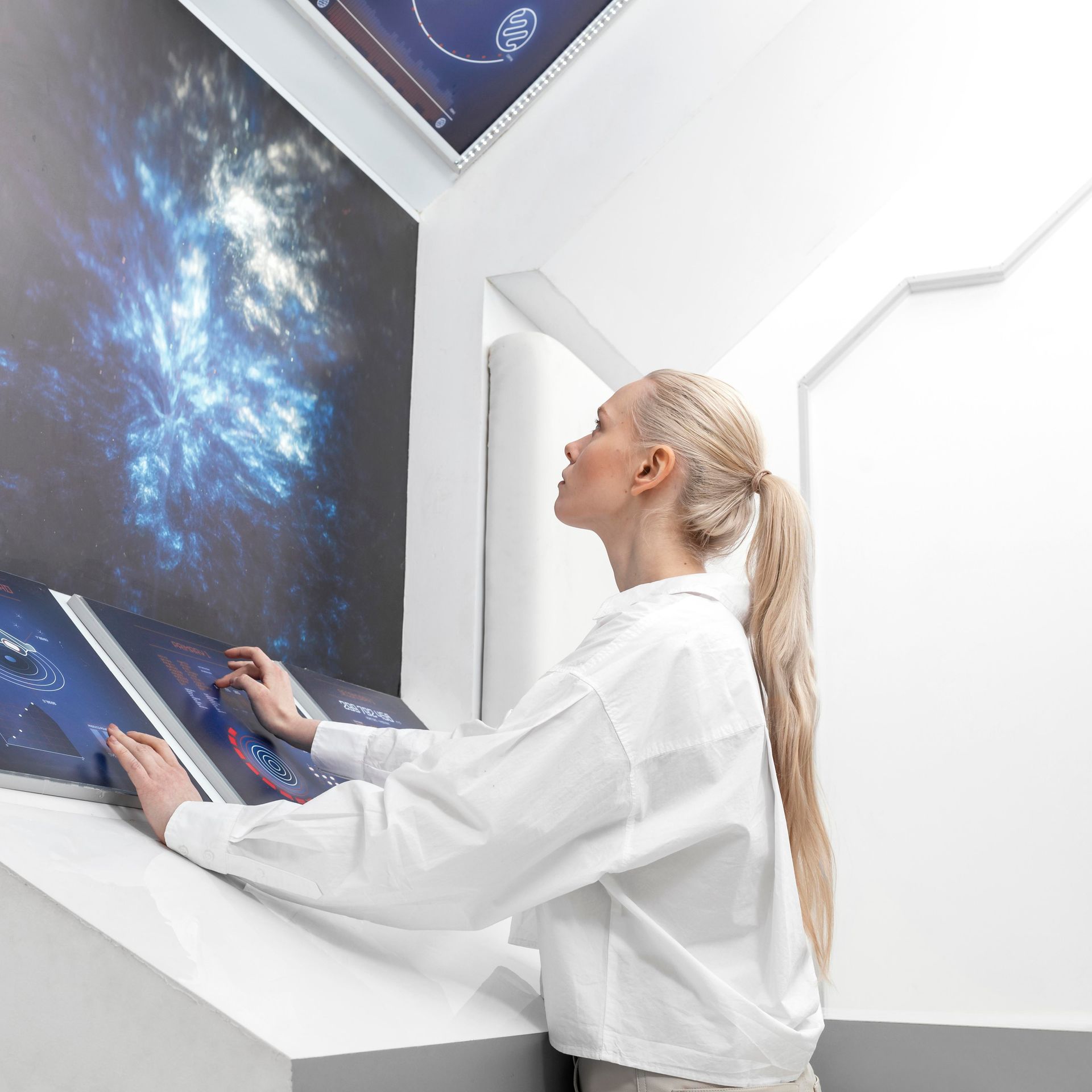Introduction
As artificial intelligence (AI) continues to permeate various aspects of healthcare, one area where it has shown particular promise is in medical scribing. AI-powered medical scribes have revolutionized the way physicians document patient encounters, offering unprecedented speed and accuracy. However, despite the remarkable capabilities of AI, the role of human involvement in AI medical scribing remains crucial. The synergy between AI technology and human expertise is what ensures the quality, accuracy, and ethical integrity of medical documentation, making it essential to maintain a balanced approach.
The Rise of AI in
Medical Scribing
AI medical scribes are designed to assist healthcare providers by automatically transcribing and documenting patient interactions in real time. These systems use advanced natural language processing (NLP) to understand and interpret the spoken words of both the physician and the patient, converting them into structured medical records. The benefits of AI in this context are clear: it reduces the time physicians spend on documentation, allowing them to focus more on patient care, and it enhances the accuracy and consistency of medical records.
However, as AI takes on a greater role in medical scribing, the importance of human oversight and involvement becomes increasingly evident. While AI excels at processing data quickly and accurately, it is not infallible. Human professionals are still needed to ensure that the documentation generated by AI meets the highest standards of quality and ethical consideration.
The Role of
Human Expertise
Human involvement in AI medical scribing plays several critical roles, starting with quality assurance. While AI can accurately transcribe spoken language, it may not always capture the nuances of a patient’s condition or the context of their medical history. Human scribes and medical editors provide the necessary oversight to ensure that these nuances are properly documented. They review the AI-generated records, make corrections where needed, and ensure that the documentation is complete and accurate.
In addition to quality control, human expertise is essential for interpreting complex medical situations. AI may be proficient at recognizing and documenting straightforward cases, but more complex scenarios often require a deeper understanding that only a human professional can provide. For example, when a patient’s symptoms do not fit neatly into predefined categories or when there are ethical considerations involved, human judgment is necessary to document these aspects accurately and appropriately.
Ethical considerations are another area where human involvement is indispensable. Medical documentation often involves sensitive information, and how this information is recorded and shared must be handled with the utmost care. Human scribes are better equipped to navigate these ethical challenges, ensuring that patient confidentiality is maintained and that the documentation process respects the dignity and autonomy of the patient.
Moreover, the relationship between a physician and a patient is built on trust, communication, and empathy—elements that are difficult, if not impossible, for AI to replicate. Human involvement in the documentation process helps preserve the personal touch that is so vital in healthcare. Patients are more likely to feel confident and comfortable when they know that a human is involved in recording their medical information, which can lead to better patient-provider relationships and, ultimately, better care outcomes.
The Importance of
Collaboration
The most effective approach to AI medical scribing is one that emphasizes collaboration between AI and human professionals. AI can handle the repetitive and time-consuming aspects of documentation, such as transcribing patient interactions and organizing data. This allows human scribes and editors to focus on the more complex and nuanced aspects of the documentation process, where their expertise is most needed.
This collaborative approach not only enhances the accuracy and quality of medical records but also improves efficiency. By allowing AI to take care of routine tasks, human professionals can work more efficiently and with greater focus on the critical elements of patient care. This leads to a more streamlined workflow, reducing the burden on healthcare providers and allowing them to devote more time to their patients.
In addition to improving workflow efficiency, collaboration between AI and human professionals also fosters continuous learning and improvement. AI systems can be trained and refined based on feedback from human scribes and editors, leading to more accurate and effective performance over time. This continuous cycle of learning and improvement benefits both the healthcare providers and the patients they serve.
Challenges and
Considerations
Despite the clear benefits of AI in medical scribing, there are challenges that come with integrating this technology into healthcare. One of the primary concerns is the potential for AI to make errors that go unnoticed without proper human oversight. These errors could range from misinterpretations of medical terminology to more serious issues, such as incorrect documentation of patient symptoms or treatment plans.
To mitigate these risks, it is essential to maintain robust protocols for human oversight. Healthcare providers should be trained to work alongside AI systems effectively, understanding both the strengths and limitations of the technology. Regular audits of AI-generated documentation can help identify and correct any issues, ensuring that the quality of medical records remains high.
Another important consideration is the potential for AI to contribute to the depersonalization of healthcare. While AI can handle many aspects of documentation, it cannot replicate the empathy and understanding that human professionals bring to the table. It is important to ensure that the use of AI does not come at the expense of the personal connection between healthcare providers and their patients.
The Future of AI
Medical Scribing
Looking ahead, the role of AI in medical scribing is likely to expand, with more advanced systems capable of handling increasingly complex tasks. However, the need for human involvement will remain as critical as ever. The future of AI medical scribing lies in finding the right balance between technology and human expertise, ensuring that both are leveraged to their fullest potential.
In conclusion, while AI medical scribes offer significant advantages in terms of accuracy and efficiency, human involvement is essential to ensure that medical documentation is of the highest quality. By working together, AI and human professionals can create a documentation process that is both efficient and ethically sound, ultimately leading to better patient care and outcomes. The key is to strike a balance that allows AI to handle routine tasks while preserving the invaluable contributions of human expertise in the healthcare system.
Recent Posts













